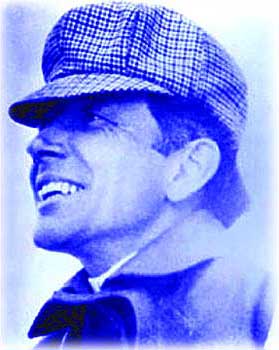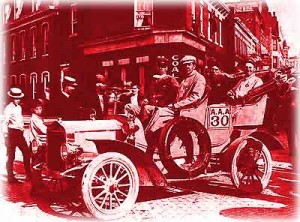Dateline: 11.25.11
All three Chevrolet brothers raced at the Indy 500, but only Gaston Chevrolet won the big race!
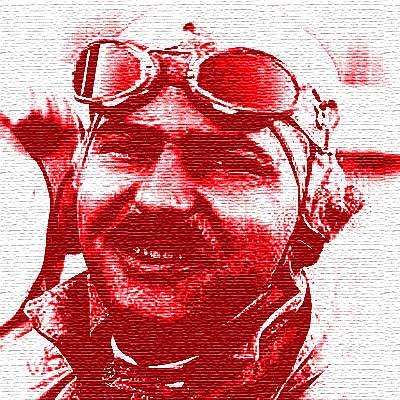 Auto racing has come a very long way in the last 100 years, but it always has been, and probably always will be, a very brutal sport. How could it not be? Part of every race involves tremendous forces at high speeds, so within that context, it’s understandable how sometimes, things can go terribly wrong.
Auto racing has come a very long way in the last 100 years, but it always has been, and probably always will be, a very brutal sport. How could it not be? Part of every race involves tremendous forces at high speeds, so within that context, it’s understandable how sometimes, things can go terribly wrong.
Louis Chevrolet arrived in America in 1901. After working a few years and earning enough money, Louis sent for his younger brothers, Arthur and Gaston. All three Chevrolet brothers were mechanics and has a passion for automobile racing. Middle brother, Arthur, was not only the first of the Chevrolet brothers to race at the Indy 500, but he raced at the very first Indy 500 race in 1911. Although he only completed 30 laps and did not finish the race, Arthur was “there” for the first Indy 500, and would compete in one more Indy 500 race in 1916.
Louis was the next Chevrolet brother to race at the brickyard in 1915 and would compete again in 1916, 1919, and 1920. His best finish was 7th place in 1919 and was the only of his four Indy 500 races that he finished. But it was kid brother Gaston that would ultimately add the name “Chevrolet” to the list of Indy 500 winners. Gaston’s first Indy 500 race was in 1919, finishing the race in 10th place. But it was 1920 when Gaston qualified in 6th place with a speed of 91.550-MPH, held the lead for 14 laps, and won the race.
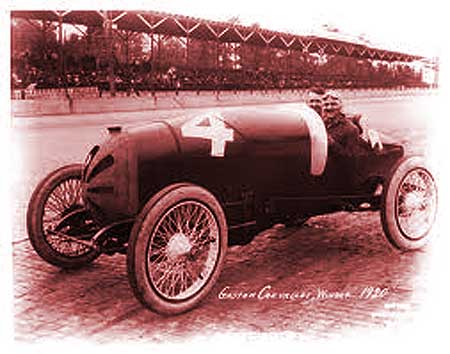 The Chevrolet brothers were serious racers. The story of Louis’ Chevrolet Motor Company and William Crappo Durant’s buyout is now legendary. Louis started his car company in 1911 and sold out to Durant by 1915. The following year, Louis, Arthur, and Gaston started the Frontenac Motor Corporation, specifically to design, build, and develop race cars. When Gaston entered his first Indy 500 race in 1919, he was behind the wheel of one of the family business race cars. The following year, the Chevrolet kid brother brought home the Indy 500 gold, driving the latest of the Chevrolet brothers designed race cars.
The Chevrolet brothers were serious racers. The story of Louis’ Chevrolet Motor Company and William Crappo Durant’s buyout is now legendary. Louis started his car company in 1911 and sold out to Durant by 1915. The following year, Louis, Arthur, and Gaston started the Frontenac Motor Corporation, specifically to design, build, and develop race cars. When Gaston entered his first Indy 500 race in 1919, he was behind the wheel of one of the family business race cars. The following year, the Chevrolet kid brother brought home the Indy 500 gold, driving the latest of the Chevrolet brothers designed race cars.
1920 must have seemed like the Chevrolet brother’s year. Much like modern race car builders, such as Greenwood, Pratt & Miller, and others, the Frontenac built customer cars. After his Indy 500 win, Gaston won a 100-mile match race against top racers Tommy Milton, who just happened to be driving a Chevrolet car, and Ralph Mulford. (Milton competed in 8 Indy 500 races and won the event in 1921 and 1923. Mulford competed in the first Indy 500, coming in 2nd place and raced in a total of 10 Indy 500 races)
But it was six months later, on November 25, 1920 in Beverly Hills, California, at a notoriously dangerous board track, that tragedy struck a fatal blow at the Chevrolet family. On the 146th lap of a 200 lap race, Gaston’s car crashed and he was killed. Continue reading “Chevrolet Timeline Tales: 1920 Indy 500 Winner, Gaston Chevrolet, Killed In Beverly Hills Race” →
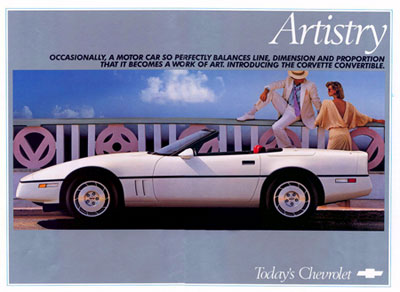 The Corvette was born as a roadster, so it was a sad day in 1975 when Chevrolet announced that the 1976 Corvette would only be available as a Coupe. Yes, the convertible was history! “Safety concerns” were the stated reasoning. Yea, it was “A Bummer, Man!”
The Corvette was born as a roadster, so it was a sad day in 1975 when Chevrolet announced that the 1976 Corvette would only be available as a Coupe. Yes, the convertible was history! “Safety concerns” were the stated reasoning. Yea, it was “A Bummer, Man!”
